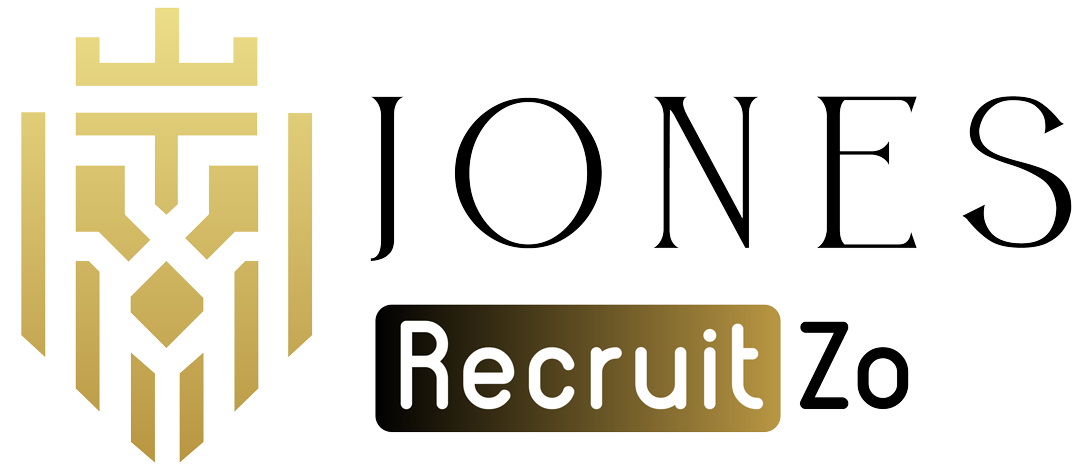What is Job Rotation?
Job rotation is the systematic process of changing jobs/employees from one department/position to another in order to build multiple skills and information. This concept enables an increase in organizational efficiency and employee adaptability. Understanding the job rotation meaning and working according to it helps to develop a flexible, knowledgeable workforce.
Benefits of Job Rotation

Job rotation develops skills, increases motivation, facilitates succession planning, promotes collaboration, provides good job fit, improves flexibility, and lowers turnover by rotating employees among different jobs in the organization.
-
Skill Development
Job rotation significantly enhances development of skills because it allows employees to be exposed to different functions and responsibilities. This expands their ability set, increases adaptability and helps to grow their careers by enabling them to explore and learn in other roles.
-
Improved Employee Engagement and Motivation
When rotating employees to different departments now and then, job rotation brings new challenges into the daily work routine thus adding motivation and engagement. It also helps in avoiding burnout, enhancing satisfaction at the job, and creating a feeling of career advancement and belonging.
-
Succession Planning
Job rotation helps in succession planning more since it enables employees to be exposed to different roles and higher responsibilities. Approach-based strategy sets up a pipeline of professional talent to take over ensuring continuity of business independence from outside hires.
-
Improved Collaboration Across Departments
Job rotation exposes employees to different departmental workflows, upgrading their knowledge of cross functional operation. This exposure stimulates greater collaboration and communication and as a result there is a more cohesive and efficient organization at all levels.
-
Better Job Placements
Organizations that utilize job rotation begin getting information on the strengths and preferences of their employees, ensuring a better matching of jobs. This increases better job placements where employees are more likely to be successful and get satisfied in their roles.
-
More Flexible Workforce
The practice of job rotation will go a long way in training a versatile workforce capable of—to an extent— stepping into the shoes of other workers when needed. This increases operational agility and will prevent ensuring productivity stays at a constant when the work force is adjusted making the team more business strategic.
-
Lower Turnover
Job rotation helps reduce turnover because of growth and variation. When employees are presented with an opportunity to face new challenges and expand their experience, they are more likely to become engaged and remain in the company for a longer period.
Types of Job Rotation

Job rotation entails horizontal (same level), vertical (different hierarchy levels) and functional (within same department). Each type will help to broaden experience and increase employee engagement by strategically moving employees.
-
Horizontal Rotation
Horizontal rotation refers to move of employees from one position to another within the same hierarchical level. It improves knowledge and competency in a department without further burdening without adding more responsibility and encouraging cooperation and minimizing routine in daily work.
-
Vertical Rotation
Vertical rotation takes employees from one hierarchical level to the next; either to a leadership position or an operational position. This approach facilitates expansion, it allows for learning from above or below and it is a preparation for career growth to come.
-
Functional Job Rotation
Functional job rotation is concerned with changing jobs within the same department, as opposed to cross-functional rotation, where employees move across different departments. This enhances their experience of particular functions and power of doing, meanwhile practicing in the same type of specialization.
How to Implement a Job Rotation Program?

To effect job rotation, determine training objectives, evaluate employee skills and interests, choose appropriate roles, train employees and monitor regularly. This structured process develops a flexible skilled workforce.
-
Identify Training Objectives
The establishment of clear training goals when applying for job rotation is important. Specify the competencies to be developed, match them with organizational goals, and ensure that the rotation will meet the current and future business needs appropriately.
-
Assess Employee Skills and Interests
Before initiating job rotation, check the current skills and career interests of every employee. Employees are therefore paired with appropriate departments, and they can gain valuable experience that will benefit them and the organizations.
-
Choose Suitable Roles and Employees
To achieve flexible job rotas include varied roles that encourage growth and choose your personnel according to their achievements, interests, and willingness. Involving them in the selection process enhances participation, and helps them adopt to their career objective.
-
Provide Training and Support
Effective programs of job rotation require good support systems. Give targeted training, mentorship, access to mentors, and frequent direction to foster employee confidence in their new roles and adopt quickly without disturbing the productivity.
-
Regular Evaluation and Feedback
The continuous evaluation is crucial for keeping a successful job rotation initiative. Use feedback that is structured, measurable outcomes, regular reviews, to ensure that the program is anchored both with employee development and strategic business objectives.
FAQs
1) What is Job Rotation?
Job rotation is the systematic process of changing jobs/employees from one department/position to another in order to build multiple skills and information. This concept enables an increase in organizational efficiency and employee adaptability.
2) What are the benefits of Job Rotation?
Job rotation develops skills, increases motivation, facilitates succession planning, promotes collaboration, provides good job fit, improves flexibility, and lowers turnover by rotating employees among different jobs in the organization.
3) What are the different types of Job Rotation?
Job rotation entails horizontal (same level), vertical (different hierarchy levels) and functional (within same department). Each type will help to broaden experience and increase employee engagement by strategically moving employees.
4) How to Implement a Job Rotation Program?
To effect job rotation, determine training objectives, evaluate employee skills and interests, choose appropriate roles, train employees and monitor regularly. This structured process develops a flexible skilled workforce.














